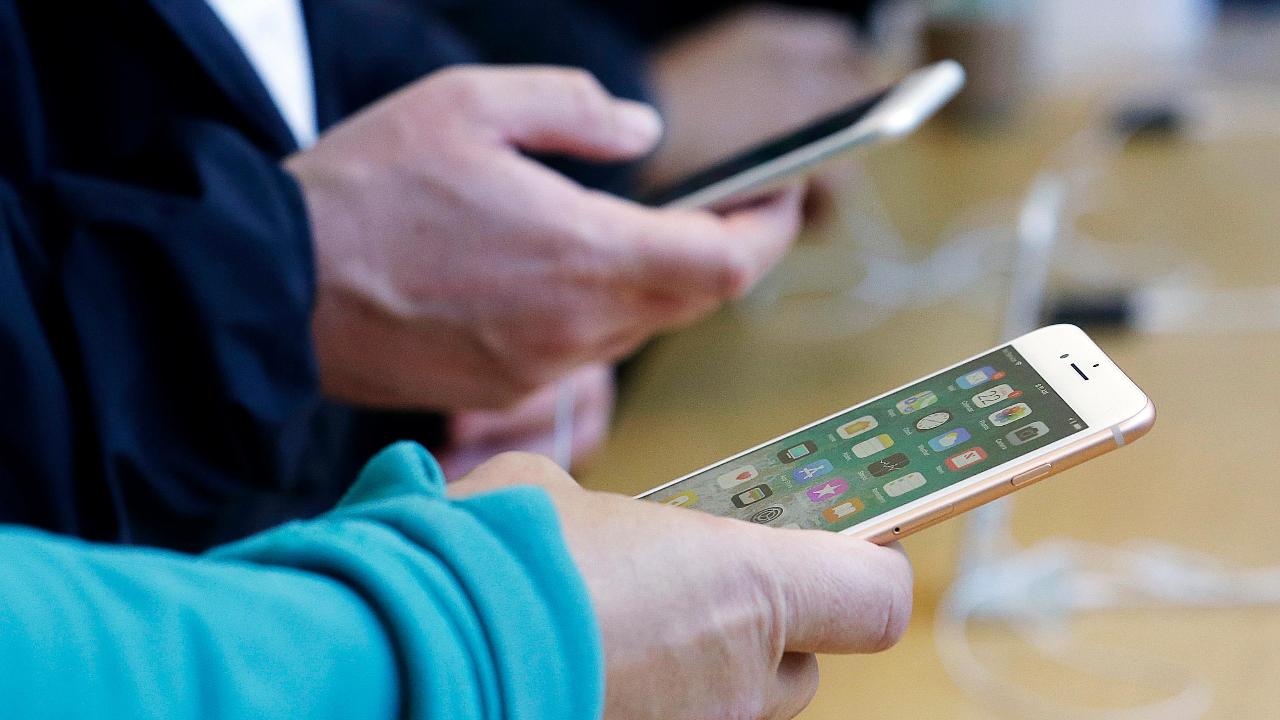Apple iPhones – how high can prices go?
It has been around 11 years since Apple launched its first smartphone. After much speculation, in January 2007 Apple announced that it would offer the product, and around six months later its first iPhone was released.
The first base model iPhone was priced at $499, and Apple maintained a base $499 price tag until 2010. In its first year Apple sold 1.39 million phones (over a six-month period, according to data provided from The Wall Street Journal Markets Data Group). In 2008 and 2009 the company sold 11.63 million and 20.73 million phones, respectively.
| Ticker | Security | Last | Change | Change % |
|---|---|---|---|---|
| AAPL | APPLE INC. | 273.67 | +1.48 | +0.54% |
Now, Apple has released updated versions of its iPhones once a year, and even with price increases sales volumes have almost consistently increased. From 2007 to 2015 Apple’s annual sales volumes increased, year over year.
Sales took a dip in 2016. According to Forbes, this followed a lackluster performance of its 6S and 6S Plus line while the iPhone 7 got off to a mixed start. But that hiccup was short lived, and iPhone sales were strong in 2017.
At the end of 2017, Apple released its most expensive phone to date, the iPhone X, which came with a $999 price tag (base). This price tag was met with skepticism on Wall Street, with analysts wondering if customers would pay up.
Apple proved the pessimistic analysts wrong with Tim Cook saying, "Customers chose iPhone X more than any other iPhone each week in the March quarter, just as they did following its launch in the December quarter," when the company announced earnings in May. In the first nine months of 2018, Apple sold 170.83 million phones. In 2017 as a whole 216.76 million sold.
In 11 years the price for the base model for Apple’s iPhone has increased from $499 to $699. Even as prices have steadily increased, consumers have been willing to shell out money for the next model.




















